Joystiq
Joystiq News
Fujifilm’s X100 V became a surprising viral hit who loved not only its performance but also its retro-chic cool factor. Now, the company has launched its successor, the similar-looking but . It’s only been on sale a short time, but retailers are already reporting months-long waiting lists.
It features some key improvements over the previous model, including a much higher-resolution 40-megapixel sensor, in-body stabilization and better video. At the same time, it retains the looks and compact size people loved about the X100 V.
I couldn’t wait to get a hold of one to check out the performance for myself and see if it’s worth a purchase or upgrade. To test, I hopped on the Eurostar over to London with my French photographer friends to see if it’s worth the high price and considerable wait.
The X100 series is beloved in large part because of the vintage rangefinder camera styling, and Fujifilm didn’t mess with that. In addition to the near-identical looks, the X100 VI’s button and dial layout is unchanged. Fujifilm also kept the previous model’s 23mm f/2 lens.
To accommodate the in-body stabilization, the X100 VI is slightly chunkier and weighs 18.4 ounces, about 1.4 ounces more than before. That’s not much, but every bit counts for a camera designed to be carried around all day.
The control design with dedicated dials for ISO, shutter, aperture and exposure compensation is a bit old-fashioned compared to modern cameras. But it does serve a purpose, showing settings at a glance. That’s a must for shooting on the fly.
The X100 VI isn’t just cosplaying as a rangefinder, either. On top of the 3.69-million dot electronic viewfinder (same as the last model), it offers a rangefinder-style optical finder and a hybrid of the two with a picture-in-picture EVF. The last setting is for people who still want a digital security blanket, and it works very well.
Also unchanged is the rear display, allowing basic up and down tilting for high or low angle shooting. That’s not great for selfies or vlogging, but perfect for shooting from the hip.
The menu system is mostly the same, which is a good thing as it’s relatively easy to find key settings. To avoid diving in, though, you can use the quick menu and numerous buttons and dials for easier adjustments. It’s also customizable and I’d advise buyers to set it up to their preferences to avoid any shooting errors.
The X100 VI has a single slot that only supports slower UHS-I cards, unfortunately, along with a USB-C port for charging and data. The MicroHDMI port also lets you use external recorders, though the tiny camera looks awkward with one attached. Finally, the battery is the same smallish one as before, unfortunately — more on that in a bit.
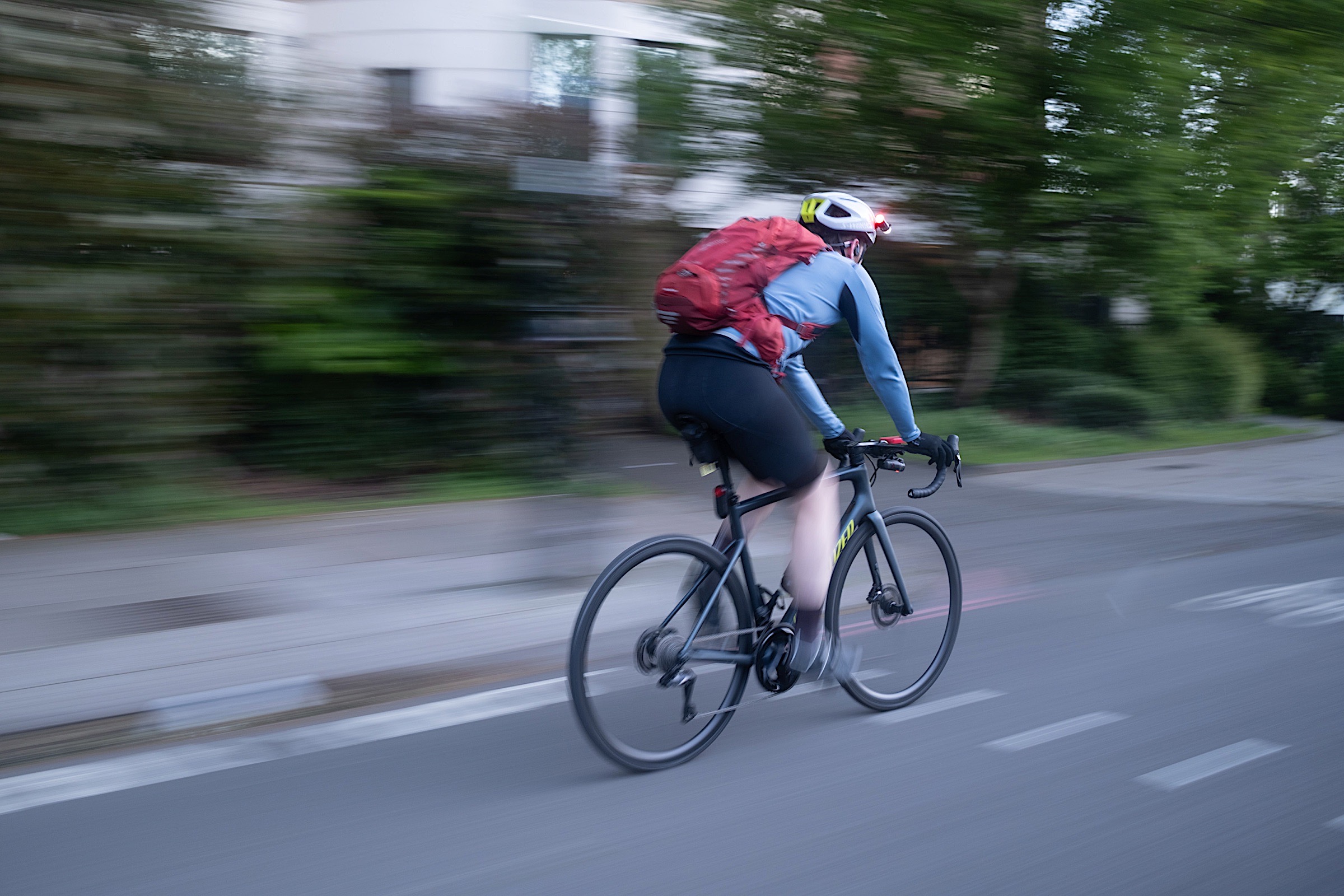
Samuel Dejours for Engadget
Despite the higher resolution, the X100 VI still shoots at a decent 11 fps, with buffer space for about 17 uncompressed RAW frames. JPEG bursts are a bit faster at 13 fps in electronic shutter mode and the buffer size jumps to 37 frames in that case.
Unless you really need total silence, the mechanical shutter is your best bet. It’s very quiet, and you’ll see considerable rolling shutter in electronic mode.
Autofocus is much-improved compared to the V. It’s more reliable for subject tracking and adds new autofocus modes for animals, birds, cars, motorcycles, airplanes and trains. Fuji’s eye- and subject-detection are in separate modes though, forcing you to change settings.
Fujifilm’s AF system was already middling, lagging behind Sony and Canon. The X100 VI is even less effective than Fujifilm’s larger and , due to the slowish motors on the fixed lens. That means focusing on moving subjects is a bit hit or miss. That said, burst shooting is not what this camera is for and the fact that it’s decent at all is a bonus.
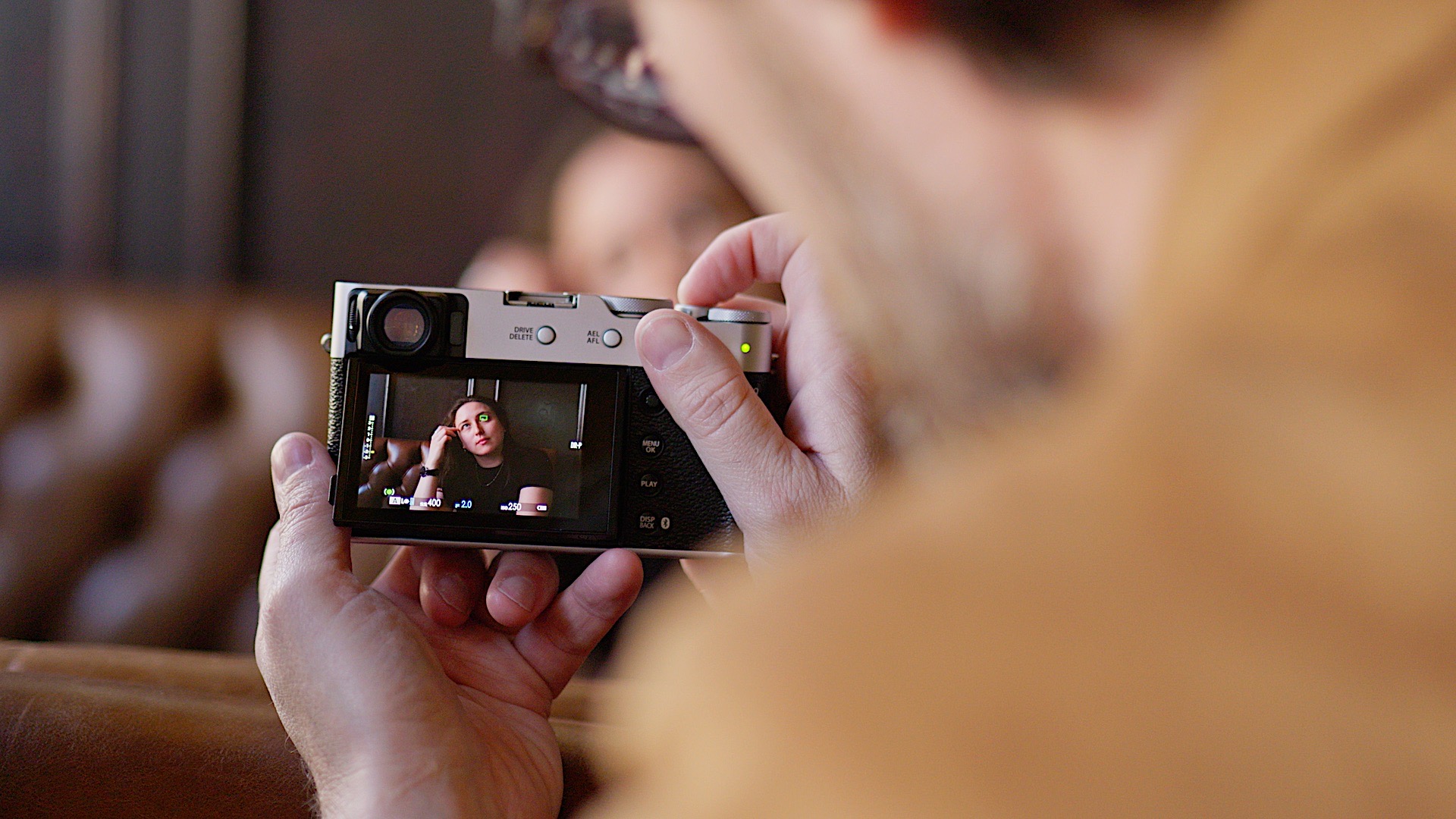
Steve Dent for Engadget
In-body stabilization might be the biggest improvement to come to the X100 lineup. With six stops of shake reduction, you can get sharp photos down to about a quarter second. That lets you blur motion to make interesting, creative shots.
The optical finder takes some getting used to, as it’s not a direct view through the lens like with DSLRs. It’s off to the side of the lens, so this parallax means subjects that are close to the camera may not be framed the way you expect. That’s why the EVF insert mode is so handy as it supplies a second true view of the scene.
One issue is battery life, with only 450 shots on a charge or 310 if you use the EVF. I found that one battery wasn’t enough for a full day’s shooting, so factor extra ones into your buying decision. You may also want an external charger, as Fujifilm doesn’t supply one in the box.
The 40MP sensor obviously delivers a big boost in resolution over the X100 V’s 26MP. The extra pixels are also handy if you need to crop in, which is a common requirement with a fixed wide-angle lens camera. And while the lens is the same as before, it’s sharp enough to resolve the extra detail.
If this sensor seems familiar, that’s because it’s the same as the one on the X-T5 and X-H2, so the image quality here is similar to those. In-camera treatment of JPEG and 10-bit HEIF files is handled well, with pleasant, accurate colors and a nice balance of noise reduction and detail. You can often share photos straight out of the camera, too, something that’s important to street photographers who do little to no post-processing.
The 14-bit RAW photos offer plenty of room for fine-tuning, even in bright or dark areas. However, if you underexpose shots and try to boost levels, noise can get out of hand compared to a full-frame camera.
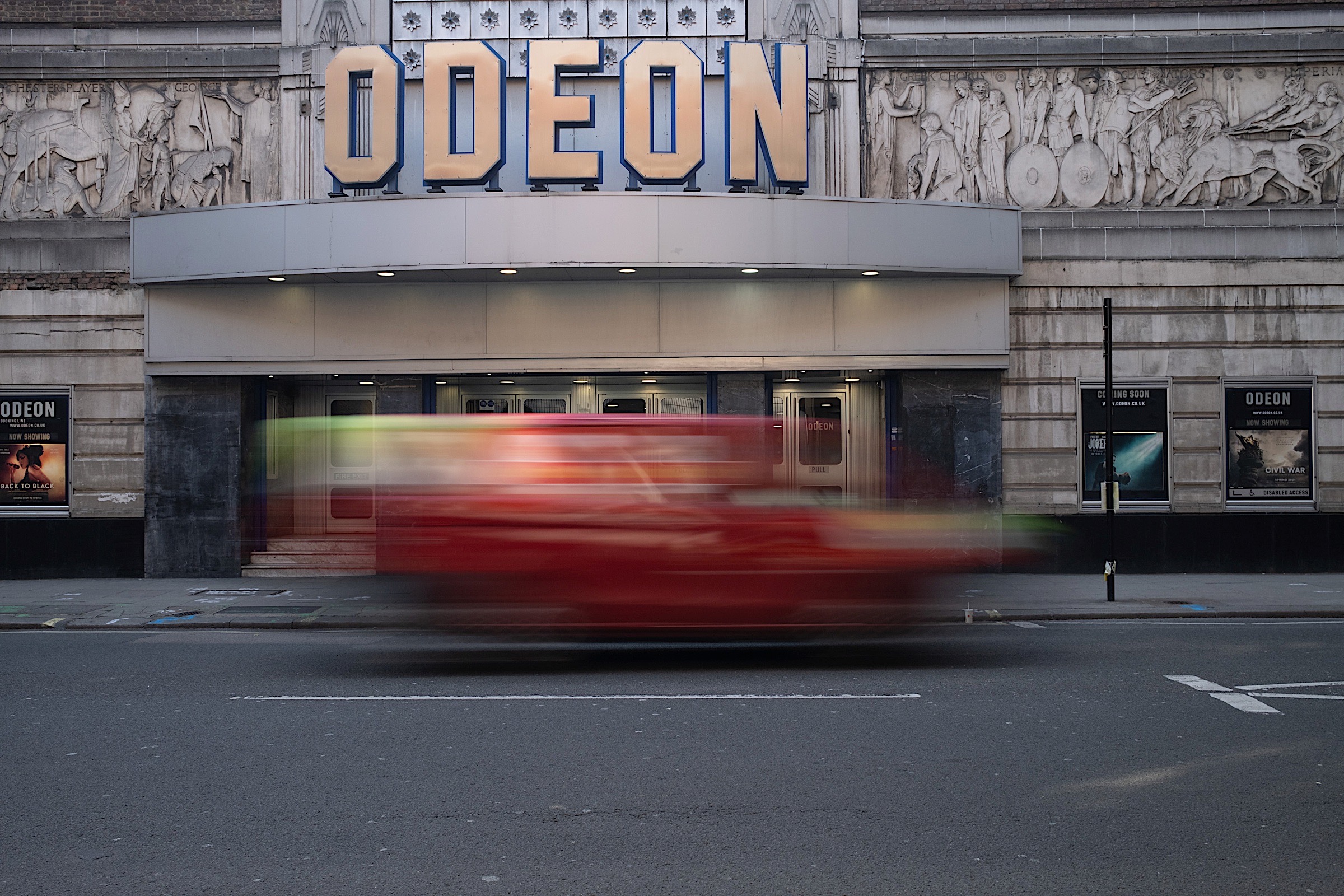
The higher resolution doesn’t hurt image quality much at higher ISOs. Noise is well controlled up to ISO 6400, and you can go up to 12800 if exposure is set correctly. I was impressed with the quality when shooting in bars and other dark environments.
And of course, the X100 VI offers Fujifilm’s full array of film simulation modes. You can experiment with popular looks like Velvia, Eterna or Acros black and white, and still have a full-color RAW backup. As the only major camera company also selling 35mm film, Fuji’s simulations are the most pleasing and realistic.
The X100 VI’s excellent video specs are another bonus. It has nearly the same feature set as the X-T5, so you can shoot 6.2K at 30 fps with a 1.23x crop, or 4K at up to 60 fps with line-skipping and a 1.14x crop. The camera also offers sub-sampled 4K at up to 30p using the full sensor width, or high-quality 4K 30p with a 1.23x crop. Fujifilm also introduced 10-bit and F-Log2.
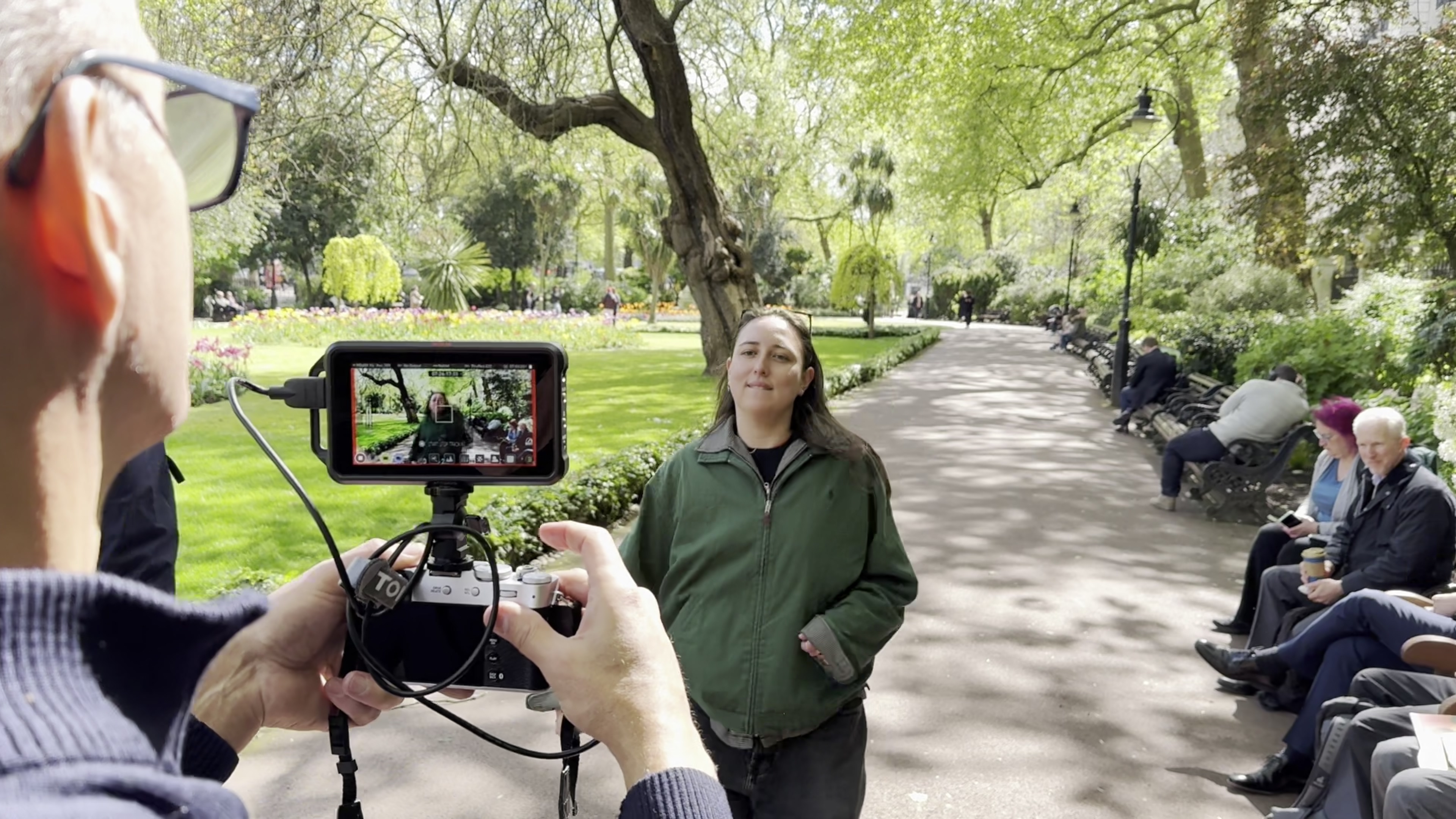
Samuel Dejours for Engadget
It took me a while to get used to the different modes and cropping levels. At 6.2K and 4K HQ, rolling shutter is pronounced so you’ll need to be aware of that. At the same time, full-sensor sub-sampled 4K is noticeably more low-res than the HQ mode.
Video autofocus matches what I saw with photos, meaning it was decent but not super reliable for moving subjects. The AI-powered AF did lock onto subjects, but again, couldn’t always keep up to flying birds, animals or vehicles.
Handheld video is now a realistic option with in-body stabilization. It worked well as long as I didn’t move around much, and offers a “boost” mode that smooths out jiggles further. Digital stabilization is also an option, but isn’t supported with the 6K or HQ modes, and doesn’t really reduce jolts for walking or fast movements.
Video quality is solid for a small compact camera, offering the same accurate colors you see in JPEG photo modes. Shooting in 10-bit F-Log makes it possible to adjust footage considerably in post or get creative. You can also shoot video using the film simulation modes if you want a specific look straight out of the camera.
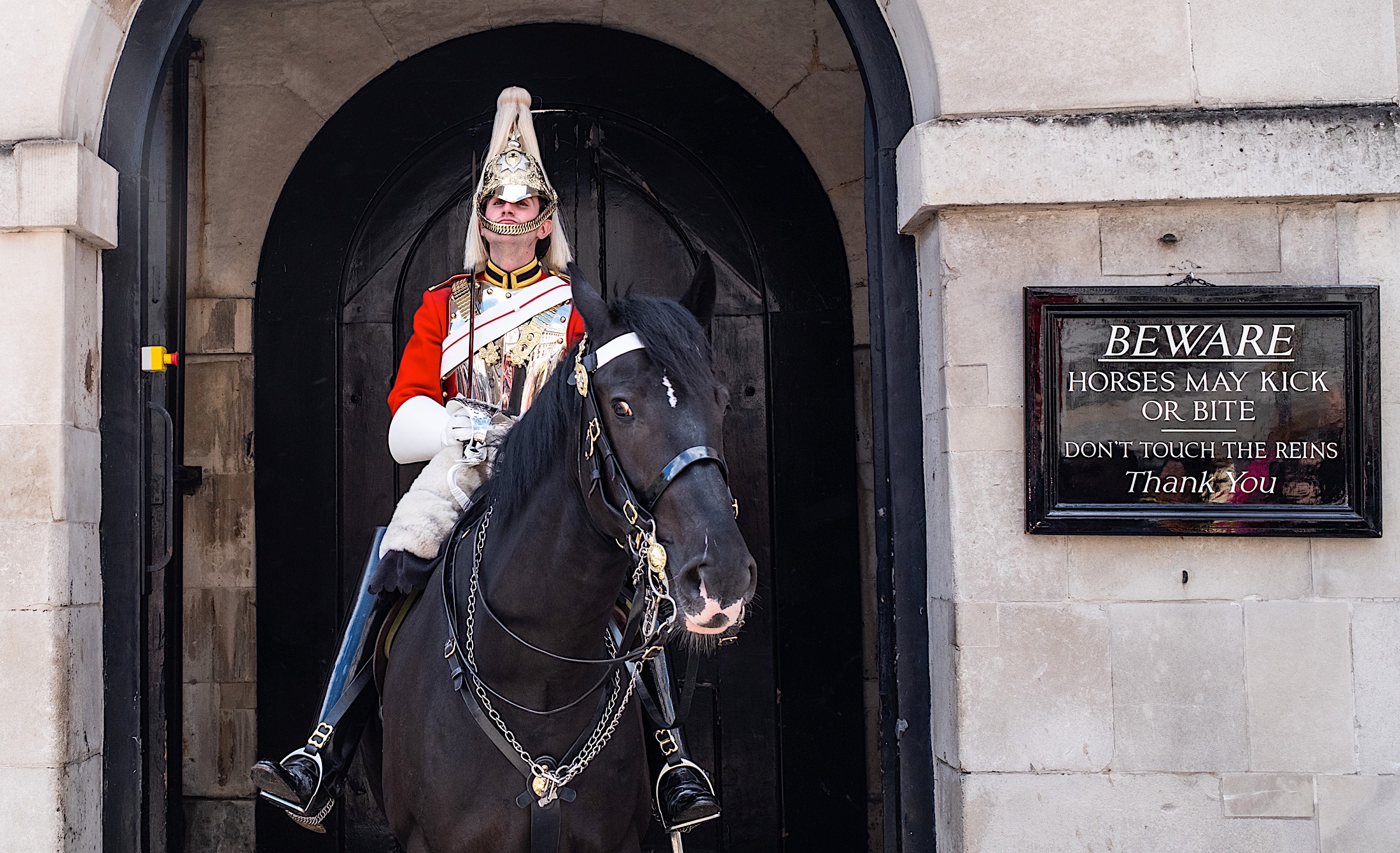
Samuel Dejours for Engadget
Fujifilm has made all the right moves to keep the X100 VI’s popularity high by tucking a very competent street and travel camera into a beautiful retro-cute body. The extra resolution, in-body stabilization and new video features should be more than enough to tempt owners to upgrade.
At $1,600, the X100 VI doesn’t have a lot of competition — which is odd, given its success. Leica springs to mind with the Q3, though that costs a whopping $6,000. Another option is the $1,000 Ricoh GR IIIx, which also offers in-body stabilization and an ND filter. However, resolution is lower at 24MP and it lacks the X100 VI’s high-end video features.
Sony’s ZV-1 II is also in this compact category, but it’s mostly designed for video. Keep an eye on Panasonic, as it may release a new compact camera, according to recent rumors. In any case, if you’re in the market for a high-end compact and can afford the X100 VI, I wouldn’t hesitate — there’s a lot of camera inside that beautiful body.
This article originally appeared on Engadget at
Console Bang News!
It features some key improvements over the previous model, including a much higher-resolution 40-megapixel sensor, in-body stabilization and better video. At the same time, it retains the looks and compact size people loved about the X100 V.
I couldn’t wait to get a hold of one to check out the performance for myself and see if it’s worth a purchase or upgrade. To test, I hopped on the Eurostar over to London with my French photographer friends to see if it’s worth the high price and considerable wait.
Body and handling
The X100 series is beloved in large part because of the vintage rangefinder camera styling, and Fujifilm didn’t mess with that. In addition to the near-identical looks, the X100 VI’s button and dial layout is unchanged. Fujifilm also kept the previous model’s 23mm f/2 lens.
To accommodate the in-body stabilization, the X100 VI is slightly chunkier and weighs 18.4 ounces, about 1.4 ounces more than before. That’s not much, but every bit counts for a camera designed to be carried around all day.
The control design with dedicated dials for ISO, shutter, aperture and exposure compensation is a bit old-fashioned compared to modern cameras. But it does serve a purpose, showing settings at a glance. That’s a must for shooting on the fly.
The X100 VI isn’t just cosplaying as a rangefinder, either. On top of the 3.69-million dot electronic viewfinder (same as the last model), it offers a rangefinder-style optical finder and a hybrid of the two with a picture-in-picture EVF. The last setting is for people who still want a digital security blanket, and it works very well.
Also unchanged is the rear display, allowing basic up and down tilting for high or low angle shooting. That’s not great for selfies or vlogging, but perfect for shooting from the hip.
The menu system is mostly the same, which is a good thing as it’s relatively easy to find key settings. To avoid diving in, though, you can use the quick menu and numerous buttons and dials for easier adjustments. It’s also customizable and I’d advise buyers to set it up to their preferences to avoid any shooting errors.
The X100 VI has a single slot that only supports slower UHS-I cards, unfortunately, along with a USB-C port for charging and data. The MicroHDMI port also lets you use external recorders, though the tiny camera looks awkward with one attached. Finally, the battery is the same smallish one as before, unfortunately — more on that in a bit.
Performance
Samuel Dejours for Engadget
Despite the higher resolution, the X100 VI still shoots at a decent 11 fps, with buffer space for about 17 uncompressed RAW frames. JPEG bursts are a bit faster at 13 fps in electronic shutter mode and the buffer size jumps to 37 frames in that case.
Unless you really need total silence, the mechanical shutter is your best bet. It’s very quiet, and you’ll see considerable rolling shutter in electronic mode.
Autofocus is much-improved compared to the V. It’s more reliable for subject tracking and adds new autofocus modes for animals, birds, cars, motorcycles, airplanes and trains. Fuji’s eye- and subject-detection are in separate modes though, forcing you to change settings.
Fujifilm’s AF system was already middling, lagging behind Sony and Canon. The X100 VI is even less effective than Fujifilm’s larger and , due to the slowish motors on the fixed lens. That means focusing on moving subjects is a bit hit or miss. That said, burst shooting is not what this camera is for and the fact that it’s decent at all is a bonus.
Steve Dent for Engadget
In-body stabilization might be the biggest improvement to come to the X100 lineup. With six stops of shake reduction, you can get sharp photos down to about a quarter second. That lets you blur motion to make interesting, creative shots.
The optical finder takes some getting used to, as it’s not a direct view through the lens like with DSLRs. It’s off to the side of the lens, so this parallax means subjects that are close to the camera may not be framed the way you expect. That’s why the EVF insert mode is so handy as it supplies a second true view of the scene.
One issue is battery life, with only 450 shots on a charge or 310 if you use the EVF. I found that one battery wasn’t enough for a full day’s shooting, so factor extra ones into your buying decision. You may also want an external charger, as Fujifilm doesn’t supply one in the box.
Image quality
The 40MP sensor obviously delivers a big boost in resolution over the X100 V’s 26MP. The extra pixels are also handy if you need to crop in, which is a common requirement with a fixed wide-angle lens camera. And while the lens is the same as before, it’s sharp enough to resolve the extra detail.
If this sensor seems familiar, that’s because it’s the same as the one on the X-T5 and X-H2, so the image quality here is similar to those. In-camera treatment of JPEG and 10-bit HEIF files is handled well, with pleasant, accurate colors and a nice balance of noise reduction and detail. You can often share photos straight out of the camera, too, something that’s important to street photographers who do little to no post-processing.
The 14-bit RAW photos offer plenty of room for fine-tuning, even in bright or dark areas. However, if you underexpose shots and try to boost levels, noise can get out of hand compared to a full-frame camera.
The higher resolution doesn’t hurt image quality much at higher ISOs. Noise is well controlled up to ISO 6400, and you can go up to 12800 if exposure is set correctly. I was impressed with the quality when shooting in bars and other dark environments.
And of course, the X100 VI offers Fujifilm’s full array of film simulation modes. You can experiment with popular looks like Velvia, Eterna or Acros black and white, and still have a full-color RAW backup. As the only major camera company also selling 35mm film, Fuji’s simulations are the most pleasing and realistic.
Video
The X100 VI’s excellent video specs are another bonus. It has nearly the same feature set as the X-T5, so you can shoot 6.2K at 30 fps with a 1.23x crop, or 4K at up to 60 fps with line-skipping and a 1.14x crop. The camera also offers sub-sampled 4K at up to 30p using the full sensor width, or high-quality 4K 30p with a 1.23x crop. Fujifilm also introduced 10-bit and F-Log2.
Samuel Dejours for Engadget
It took me a while to get used to the different modes and cropping levels. At 6.2K and 4K HQ, rolling shutter is pronounced so you’ll need to be aware of that. At the same time, full-sensor sub-sampled 4K is noticeably more low-res than the HQ mode.
Video autofocus matches what I saw with photos, meaning it was decent but not super reliable for moving subjects. The AI-powered AF did lock onto subjects, but again, couldn’t always keep up to flying birds, animals or vehicles.
Handheld video is now a realistic option with in-body stabilization. It worked well as long as I didn’t move around much, and offers a “boost” mode that smooths out jiggles further. Digital stabilization is also an option, but isn’t supported with the 6K or HQ modes, and doesn’t really reduce jolts for walking or fast movements.
Video quality is solid for a small compact camera, offering the same accurate colors you see in JPEG photo modes. Shooting in 10-bit F-Log makes it possible to adjust footage considerably in post or get creative. You can also shoot video using the film simulation modes if you want a specific look straight out of the camera.
Wrap-up
Samuel Dejours for Engadget
Fujifilm has made all the right moves to keep the X100 VI’s popularity high by tucking a very competent street and travel camera into a beautiful retro-cute body. The extra resolution, in-body stabilization and new video features should be more than enough to tempt owners to upgrade.
At $1,600, the X100 VI doesn’t have a lot of competition — which is odd, given its success. Leica springs to mind with the Q3, though that costs a whopping $6,000. Another option is the $1,000 Ricoh GR IIIx, which also offers in-body stabilization and an ND filter. However, resolution is lower at 24MP and it lacks the X100 VI’s high-end video features.
Sony’s ZV-1 II is also in this compact category, but it’s mostly designed for video. Keep an eye on Panasonic, as it may release a new compact camera, according to recent rumors. In any case, if you’re in the market for a high-end compact and can afford the X100 VI, I wouldn’t hesitate — there’s a lot of camera inside that beautiful body.
This article originally appeared on Engadget at
Console Bang News!
